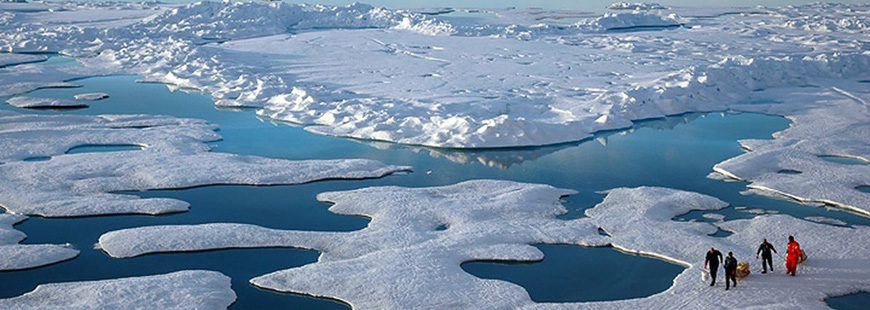Reprinted with permission from Oncorhynchus, the quarterly newsletter of the Alaska Chapter of the American Fisheries Society
Climate change and ocean acidification pose significant threats to both fresh and saltwater fishes. Phenomena such as the 2015–2016 Gulf of Alaska “warm blob” are identified as drivers in the 80% drop in Central Gulf Pacific Cod abundance and historic low Chinook and Pink salmon returns in Southeast Alaska. Stopping, or even slowing, the rate of climate change is the most significant action managers can take to protect long-term planetary productivity.
Human activity, primarily the burning of fossil fuels and the resultant emission of greenhouse gases, is the most significant driver of climate change. Economists agree that the failure to account for the external costs of burning fossil fuels is the greatest market failure in history.
As highlighted in the 2018 Intergovernmental Panel on Climate Change report (Global Warming of 1.5°C) time is running out. Pricing the carbon in fossil fuels is largely regarded as the best first step in the eventual solution to this problem. The U.S. is in a position to lead these efforts and Congressional leaders have proposed legislation that, if enacted, will provide that leadership.
The Energy Innovation and Carbon Dividend Act, the first bipartisan climate legislation in a decade, was reintroduced as H.R.763. The act is based on a carbon fee and dividend framework to account for the hidden costs of burning fossil fuels. If enacted into law, this policy will drive down greenhouse gas (GHG) emissions by stimulating American innovation and ingenuity. Here’s how it works:
- A “carbon fee” is placed on the source (mine, well, etc.) of coal, oil, or natural gas entering the U.S. economy.
- The fee starts at $15 per metric ton of CO2 and increases by $10/mt, adjusted for inflation, every year until GHG emissions are reduced by 90%.
- Money from this fee is distributed to American residents as monthly carbon dividends, helping consumers adapt while businesses compete to reduce their carbon footprints.
- If emission reductions do not meet mandatory targets, the annual increase can be raised to $15.
- A carbon border fee adjustment is placed on emissions-intensive goods that are imported or exported. This discourages businesses from relocating to avoid a U.S. carbon tax, and also encourages other nations to price carbon.
- This policy would supersede a narrow subset of GHG regulations for 10 years, but if GHG emissions have not been reduced 30 percent by then, the EPA would be obligated to issue new rules to reach the 30 percent reduction target. This legislation would not alter existing Clean Air Act regulations.
Because a steady increase in fossil energy prices is predictable, this legislation will stimulate invention and investment to cut carbon in myriad ways, ultimately with more predicted growth to the Gross National Product (and jobs) than would occur without carbon pricing. Consumers will know they can count on increasing dividends to help them through the transition to a world of clean, energy-efficient goods and services.
In summary, this Congressional Act would:
- Follow emission reductions recommended in the Intergovernmental Panel on Climate Change 2018 report
- Provide dividends to those most vulnerable, along with many other broader economic and health benefits
- Grows jobs and GDP while avoiding costs associated with unchecked warming
- Provide essential protection for marine and freshwater ecosystems
If you are interested in this legislation, go to: https://energyinnovationact.org.


